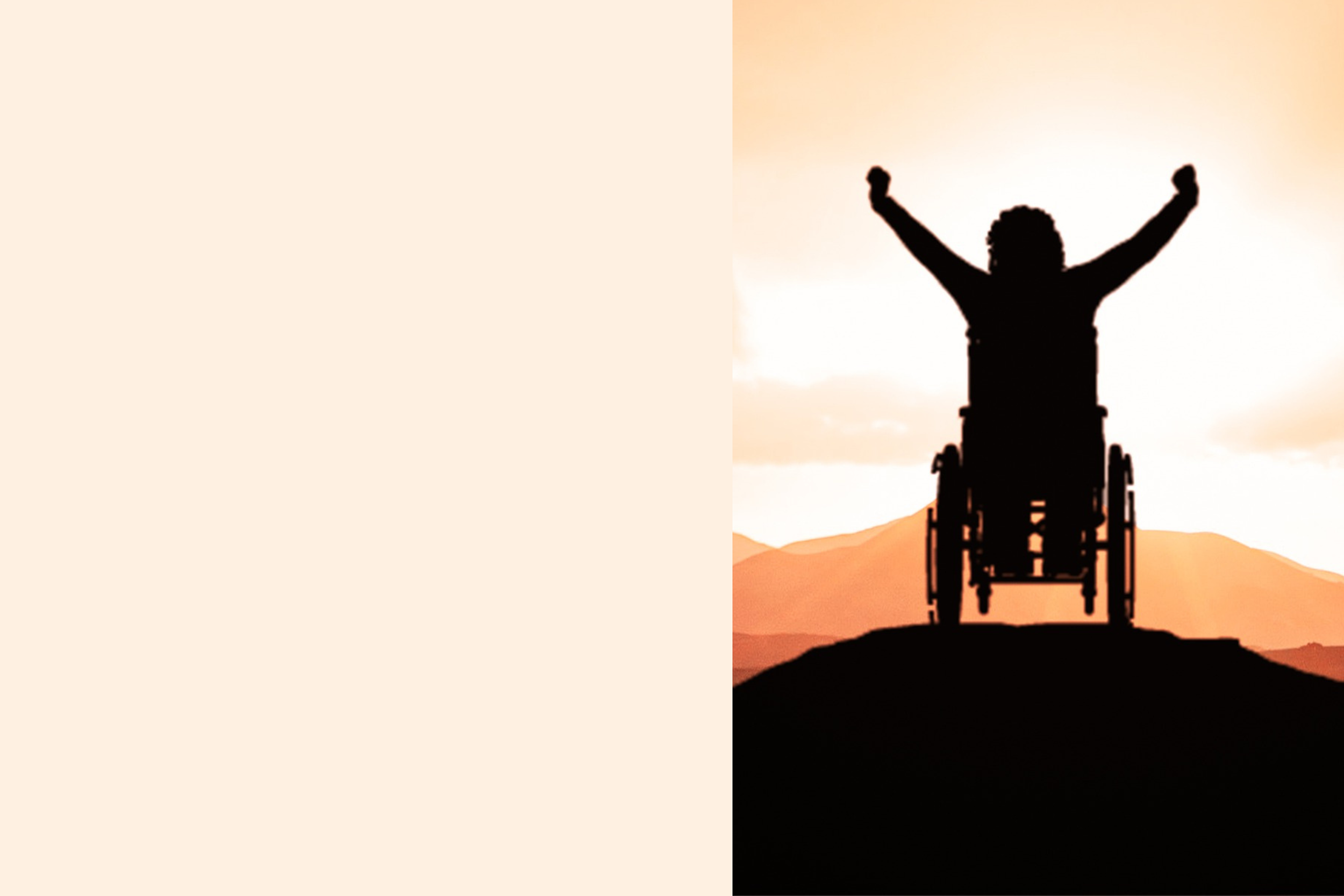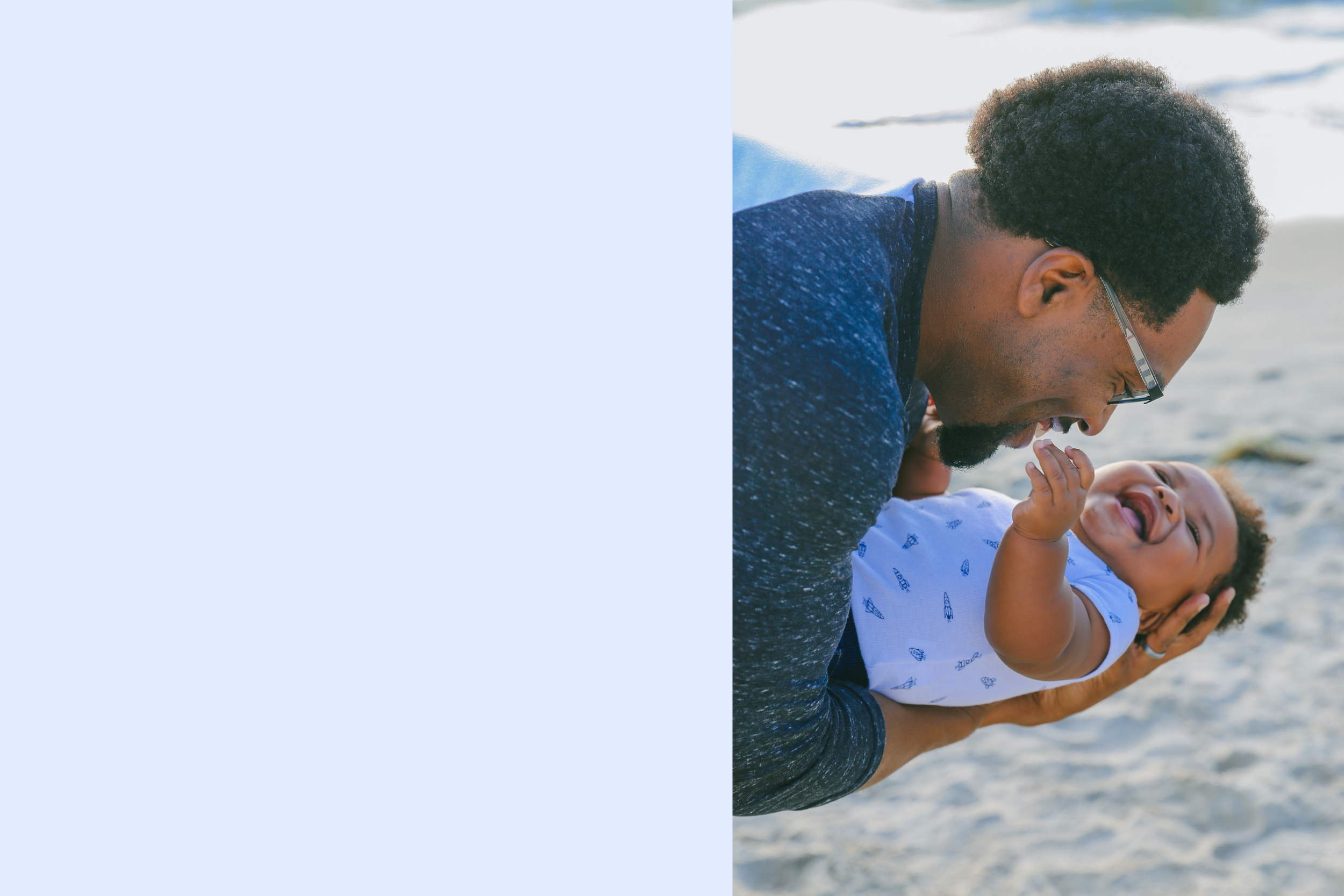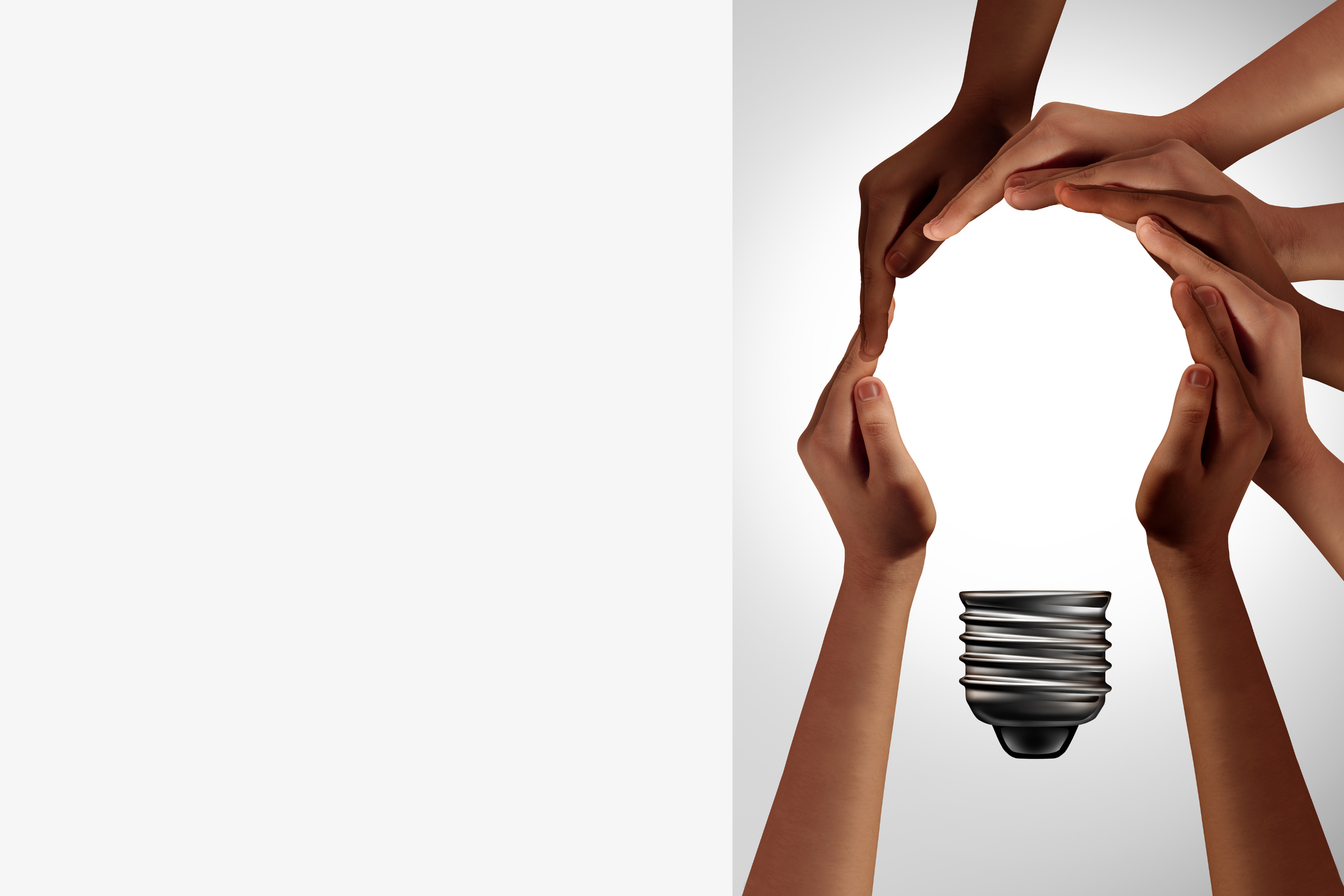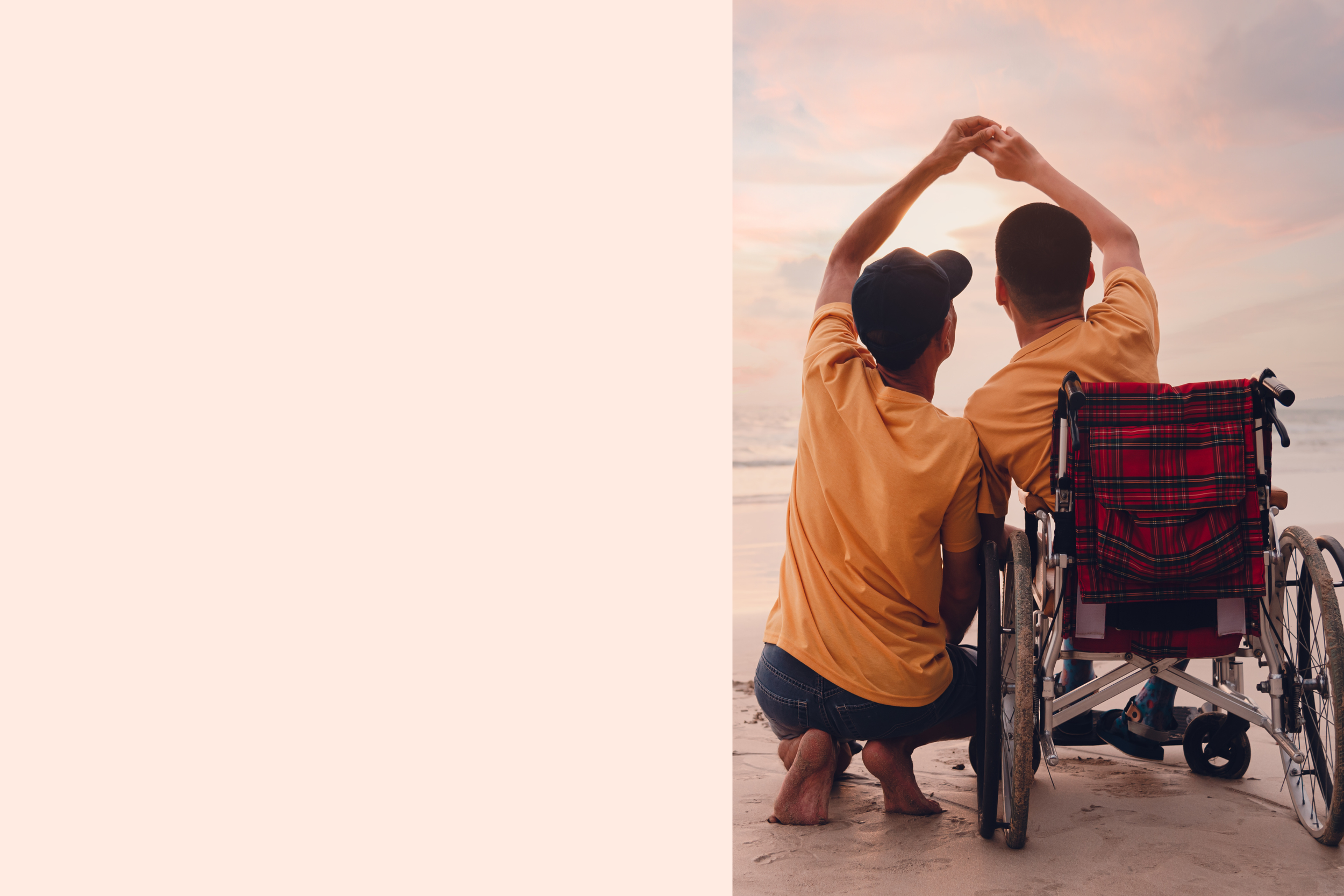
PHASES 1 & 2
-

Phase 1
During CHILD-BRIGHT Phase 1, from 2016 to 2021, we developed novel interventions to improve the health outcomes of children with brain-based developmental disabilities using child and family-focused approaches. We did this to optimize their development, as well as to identify ways to deliver more responsive and supportive services to them and their families. Thanks to our patient-oriented research approach, we made great strides and created positive change for these children and their families in Canada!
-

Phase 2
In CHILD-BRIGHT Phase 2, from 2022 to 2026, we will grow from Network to Movement and realize our mission: moving our patient-oriented research into action through insight and methods grounded in implementation science and knowledge mobilization that embed the principles of equity, diversity, inclusion, decolonization and Indigenization.
-

Phase 2 focus
In Phase 2, we intend to augment our emphasis on equity, diversity, inclusion, decolonization and Indigenization (EDI-DI), and further shape our patient-oriented research, implementation science agenda, and knowledge mobilization efforts. We will do so by meaningfully engaging key people, paying careful attention to those who may experience differing health care needs due to socio-demographic factors, or whose voices have been historically excluded.
-

Phase 2 - Objective 1
Using our Phase 2 funding, we will accomplish 5 objectives:
Firstly, we will study how to bring novel, evidence-informed interventions to the health care and community systems. For this, we will select Phase 1 interventions that can be incorporated into health systems to serve the needs of children, youth, and families.
-

Objective 2
Secondly, we will co-build the infrastructure to spread relevant knowledge to knowledge users, such as children, youth and families, Indigenous and other equity-deserving communities, health professionals, and decision-makers in a targeted fashion, using tools such as podcasts, videos, policy briefings, dialogues, and champions.
-

-

-

-

Meet our Phase 2 team leads
Meet our Phase 2 program leads, and learn about their vision and plans going forward:
